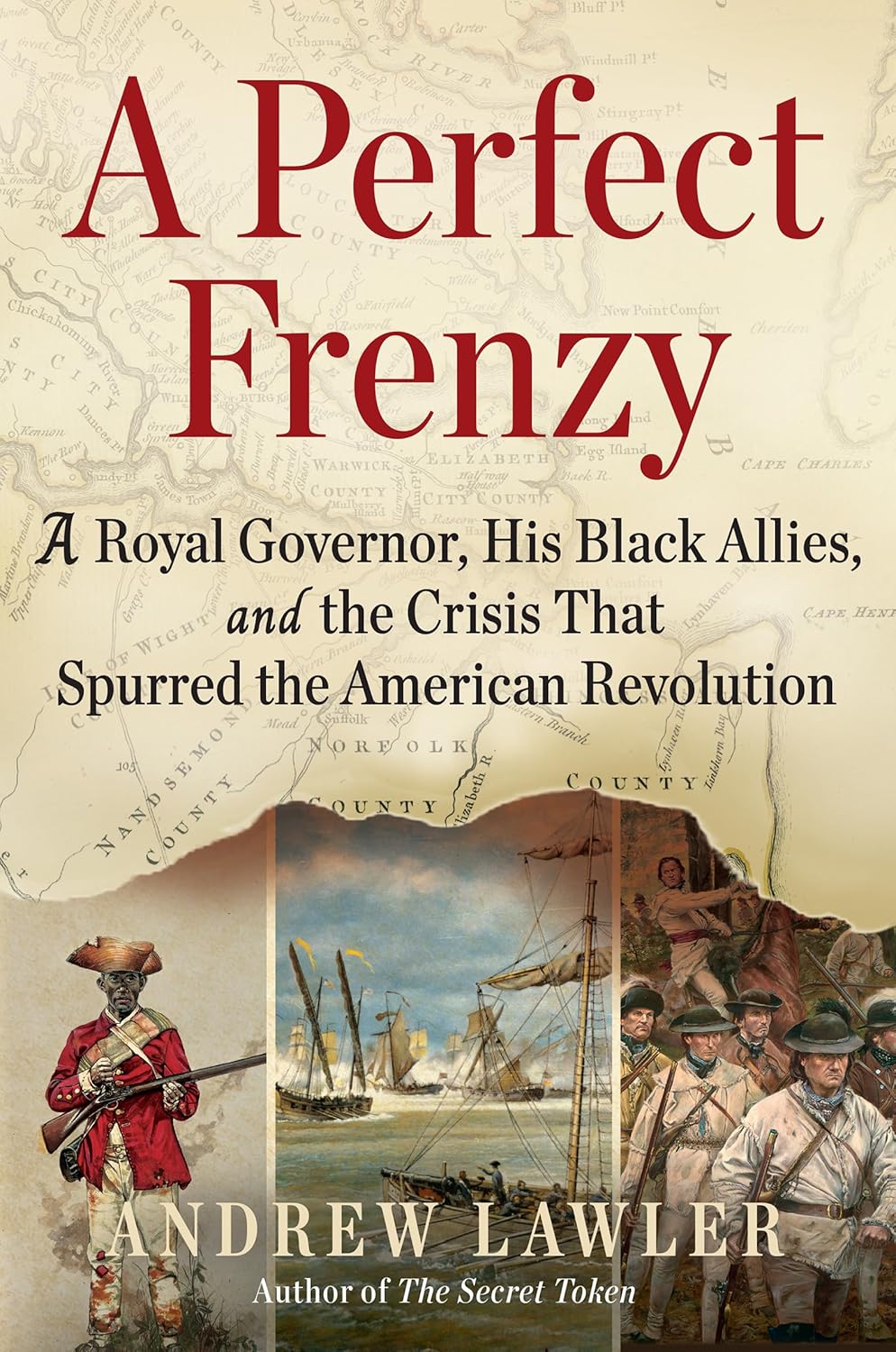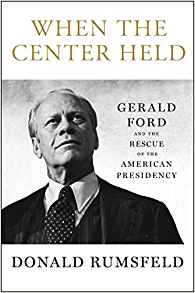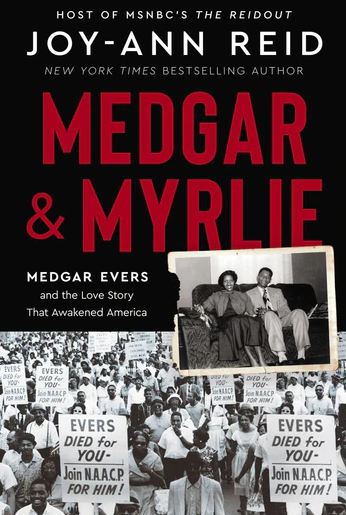A Perfect Frenzy: A Royal Governor, His Black Allies, and the Crisis that Spurred the American Revolution
- By Andrew Lawler
- Atlantic Monthly Press
- 544 pp.
- Reviewed by Walter Stahr
- February 10, 2025
An imperfect account of revolutionary Virginia.

Andrew Lawler’s A Perfect Frenzy: A Royal Governor, His Black Allies, and the Crisis that Spurred the American Revolution focuses on Lord Dunmore, the British governor of Virginia from 1771 through 1775. The “Black allies” referenced in the title are the escaped slaves whom Dunmore recruited into his army by promising freedom to those who fought with him against the rebels. “Perfect frenzy” is how Thomas Jefferson described the reaction of his fellow Virginians to Dunmore’s military actions. And “spurred the American Revolution” is the somewhat dubious claim by the editors that Dunmore’s actions caused the Revolutionary War.
(One learns as an author that it is editors, not authors, who choose titles. So I do not blame Lawler for this.)
An early chapter give us some of Dunmore’s background, including his participation as a teenager in the failed 1745 Scottish rebellion and his service as a junior officer in the British Army. So this was a man who knew, far more than most of his British peers, about armies and rebellions. We also see the harmonious early relations between Dunmore and the leaders of Virginia, notably George Washington.
Dunmore is Lawler’s central character, yet there are times when one senses the author does not know Dunmore that well. For example, on pages 178-79, Lawler quotes an October 1775 article from a Virginia paper claiming that Governor Dunmore had improper relations with a young local woman. The reader wants to know: Was he a sexual predator? Yet to answer this question, one must turn to James Corbett David’s Dunmore’s New World: The Extraordinary Life of a Royal Governor in Revolutionary America — with Jacobites, Counterfeiters, Land Schemes, Shipwrecks, Scalping, Indian Politics, Runaway Slaves, and Two Illegal Royal Marriages. (Again, the subtitle is a bit out of control.) After relating several similar reports, David concludes that although “there is no definitive proof that Dunmore ever slept with anyone other than his wife,” the rumors and the “permissive mores of the British aristocracy in the late eighteenth century” make it “unlikely that he remained chaste during his first three years in America.”
Lawler describes, from a Virginia perspective, how relations between the British and the Americans deteriorated in 1774 and 1775, and how, by the end of the year, Dunmore was in exile from Williamsburg and living on one of the several British warships positioned near Norfolk. After leading troops in a skirmish on November 14, 1775, Dunmore issued his famous proclamation the next day. In it, he declared the entire state of Virginia under martial law, required all white men to take an oath of loyalty, and promised freedom to those enslaved Blacks who escaped and joined his forces.
Even here, at the center of his book, Lawler skips some important points. Dunmore offered freedom not just to enslaved Blacks but also to indentured white servants who escaped from their masters and joined the fight. Michael A. McDonnell, in his book The Politics of War: Race, Class, & Conflict in Revolutionary Virginia, shows that many Virginians, including the manager of Mount Vernon, were more worried about those white servants than the Black slaves.
On January 1, 1776, Dunmore’s warships bombarded parts of Norfolk. Some older accounts claim that Dunmore started the fires that then destroyed most of the town. More recent accounts, including McDonnell’s and Lawler’s, show that Dunmore’s cannons destroyed only a small part of the town and that most of the destruction was done by rebel forces, who torched houses and other structures. The rebels managed, however, to persuade other Americans that it was Dunmore who razed Norfolk.
Lawler’s story continues through the early months of 1776 and the drafting by a famous Virginian (Thomas Jefferson) of the Declaration of Independence. He points out, rightly, how that document alludes to Dunmore’s depredations. Since Dunmore spent much of the Revolutionary War in England, Lawler’s account of this period is more cursory, but he includes some interesting details, especially about the racial aspects of the era.
Still, at various points, Lawler makes some errors. For example, on page 394, he claims that when Dunmore left New York in May 1782, he never returned to North America. Not so: He was governor of the Bahamas from 1787 through 1796, and the Bahamas are part of North America. On page 418, he quotes from what he describes as Lincoln’s First Inaugural Address, but the endnote shows that it was another speech. And some of Lawler’s notes cite secondary sources, including David, McDonnell, and even Ron Chernow’s biography of Alexander Hamilton.
So, Lawler has written a good book, a readable and interesting book, but not one that breaks much new ground, nor one that is fully reliable.
Walter Stahr is the author of four biographies of American leaders and is working on a life of William Howard Taft.

